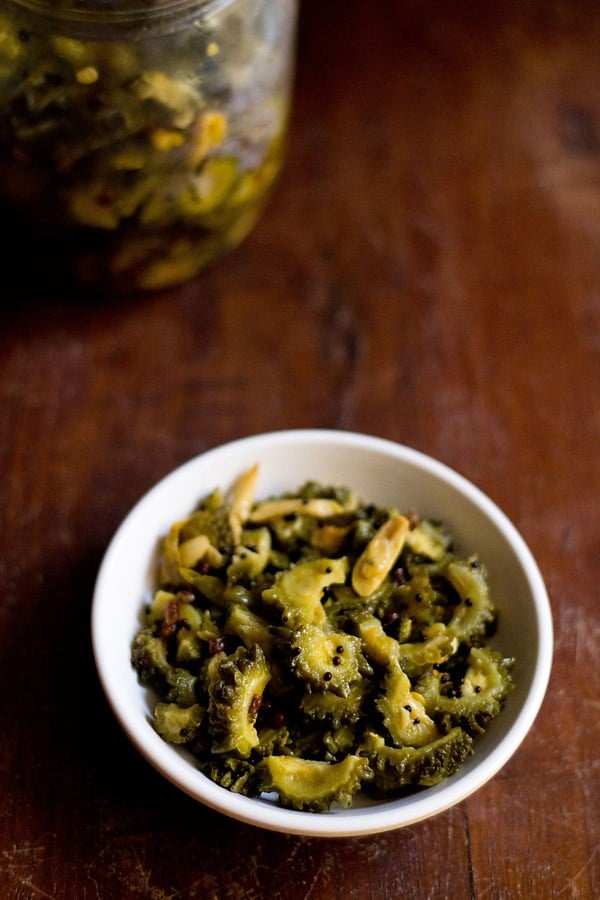

### Mango Pickle Recipe: Avakai or Avakaya, Andhra’s Culinary Treasure
Andhra Pradesh is famous for its lively culinary customs, with one of its most cherished dishes being **avakai**, or mango pickle. Renowned for its robust flavors and distinctive preparation techniques, avakai is essential in every Andhra meal, capturing the spirit of the region’s passion for food.
#### Grasping Avakai
The word “avakai” comes from two Telugu terms: **‘ava’**, which signifies mustard, and **‘kai’** or **‘kaya’**, meaning raw fruit. This pickle transcends being a mere condiment; it is an esteemed element of Andhra’s culinary heritage. Several varieties of avakai exist, such as **bellam avakai** (sweet mango pickle), **endu avakai** (sun-dried), **allam avakai** (ginger), and **nuvvu avakai** (sesame seeds), among many others. Nevertheless, the traditional avakai is the most honored for its deep flavor.
#### The Significance of Avakai in Andhra Cooking
No authentic Andhra meal is complete without avakai. A standard meal features hot steamed rice, **mudda pappu** (mashed tur dal), and a generous portion of kotha avakai, often paired with ghee, vegetable stir-fry, **charu** (rasam), and yogurt. The onset of summer heralds the season for crafting avakai, a time-honored custom that unites families in the preparation of this beloved pickle.
#### The Pickling Method
Creating avakai starts with the selection of suitable mangoes. Only firm, unblemished, sour green mangoes are ideal for pickling. After harvesting, the mangoes should be utilized the same day. They are soaked, dried, and chopped into uniform pieces, ensuring that the kernel stays intact. This careful preparation is vital for producing a pickle that endures throughout the year.
#### Ingredients for Avakai
The key components for avakai include:
– **Raw Green Mangoes**: Firm and sour.
– **Mustard Powder**: Freshly ground for the best flavor.
– **Red Chilli Powder**: Typically derived from sun-dried chilis.
– **Crystal Salt**: Ground for even integration.
– **Cold-Pressed Gingelly Oil**: Crucial for authentic taste.
– **Methi Seeds and Garlic Cloves**: Optional, but they elevate the flavor.
#### Recipe for Avakai
Here is a straightforward recipe to prepare a small batch of avakai using three medium-sized mangoes:
**Ingredients**:
– 3 medium-sized raw mangoes
– 100 gms mustard powder
– 100 gms red chilli powder
– 100 gms crystal salt
– 1 ¼ cups cold-pressed gingelly oil
– 1 ½ tsp methi seeds (optional)
– 1/3 cup garlic cloves (optional)
**Instructions**:
1. **Prepare the Mangoes**: Clean and soak the mangoes for an hour. Ensure they are completely dried and cut them into uniform pieces, leaving the kernel intact.
2. **Mix the Spices**: In a bowl, blend equal amounts of mustard powder, red chilli powder, and crystal salt. Modify the quantity based on the volume of mango pieces.
3. **Combine Ingredients**: In a large bowl, mix the mango pieces with the spice blend. If desired, include methi seeds and garlic cloves.
4. **Add Oil**: Drizzle in the gingelly oil, mixing thoroughly until all mango pieces are evenly coated.
5. **Store**: Place the mixture into a clean, dry jar. Seal it with a lid and cover with a cloth. Refrain from opening the jar for at least three days to allow the flavors to integrate.
6. **Final Mixing**: On the fourth or fifth day, gently stir the pickle with a clean ladle, adding more oil if required to cover the mango pieces.
#### Upholding Tradition
Crafting avakai is more than just a matter of ingredients; it is a practice that fortifies family ties and sustains culinary traditions. The process is imbued with affection and diligence, ensuring that each batch of avakai is a representation of heritage and flavor.
As you relish avakai, bear in mind that it transcends being a pickle; it embodies a slice of Andhra’s rich culture and history, echoing family reunions, and celebrates the king of fruits—mango.